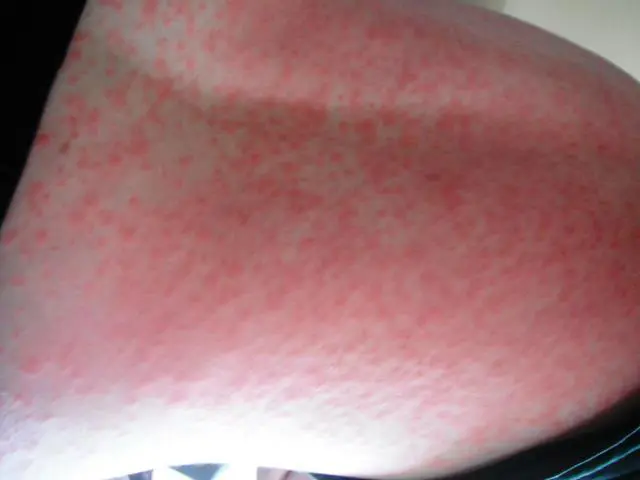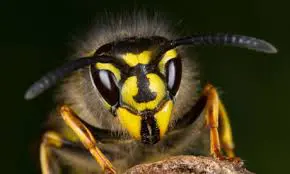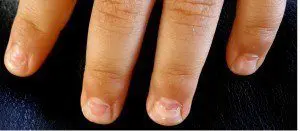
At 27 years old, I’d never taken an antibiotic. So, when I came down with strep throat complicated by an ear infection, it was my first experience with them. My doctor prescribed me Amoxicillin. Within 12 hours I was thrilled with the results. My throat and ear pain vanished. There was no more weird washing machine sound or difficulty swallowing. However, seven days into my ten-day prescription my back started to itch. Within minutes it was covered in thick hives.
My husband ran to the store to get me some Benadryl, and within the ten minutes he was gone they’d covered my entire core and arms. That was how I found out I was allergic to Amoxicillin, but it didn’t stop there. The Benadryl seemed to stop the hives progression at first, but they didn’t go away even though I stopped taking my pills. 4 am that night the itching was so bad it woke me up. The hives had spread to my legs. They were on the soles of my feet and the palms of my hands. I took more Benadryl and went back to sleep.
When I woke up four hours later they were on my face, in my ears, and down my throat, everywhere. I went to the doctor and was prescribed an oral steroid, but my hives still became worse before they got better. If you’re reading this, itching at an allergic reaction to Amoxicillin or another antibiotic, it pains me to inform you even with steroids you likely have three to four days to suffer. To ease that suffering, I’d like to share what helped my Amoxicillin rash.
Don’t itch!
Oh, I know, that is so very easier said than done, but when you itch at hives they spread. You’ll go from itchy patches to having entire areas of your body covered in full sheets of puffed red skin. Plus the itching damages your skin, causing more irritation and itching. Rub if you can’t help it rather than itch. A towel feels nice. A topical anti-itch cream can also be a major relief for Amoxicillin rash.
Keep it cool
If you’ve had hives, you know they exude heat. You may not have a fever, but your skin will feel hot to the touch. Nothing was more blissful to me during my Amoxicillin allergic reaction than standing out in the soft early spring snow of Alaska. Luke warm baths, cold compresses, or even just pressing your itchy palms against a cold glass feels great and relieves the itch. If you opt for the bath, consider mixing a bit of oatmeal in to soothe areas you’ve goofed and itched. Be careful though, heat is often painful on hives and can cause them to spread, don’t let your bath get too warm.
Wearing loose, breathable clothing can also be a great deal more comfortable, but try for options that cover areas you’re finding yourself itching without really thinking about it. The cloth will help prevent you from damaging your skin further.
Hydrate
The reaction won’t go away until whatever caused it is flushed from your system, in my case Amoxicillin. Drink plenty of water. It will keep you hydrated and help things clear up faster. If you are prescribed an oral steroid, it will also help with some side effects they can cause.
Within 48 hours my Amoxicillin rash began to go away, that was with the use of Benadryl and prescribed oral steroids. If you suffer an allergic reaction to an antibiotic, it’s important to stop taking the medication and see a doctor. First, to confirm the reaction is not the start of a more severe or even life-threatening reaction. Second, to confirm whatever the antibiotic was prescribed for was properly treated. Some people suffer allergic reactions quickly, while others, like me, don’t see any sign for days, a week, or according to my doctor, even after they’ve taken the entire prescription. There are alternate treatment regimes in most cases, if your dose was not sufficient to cure what ailed you. I hope in the meantime this information helps you. I certainly wish I’d have known it from day one of my Amoxicillin rash. Hang in there, and stop itching!


